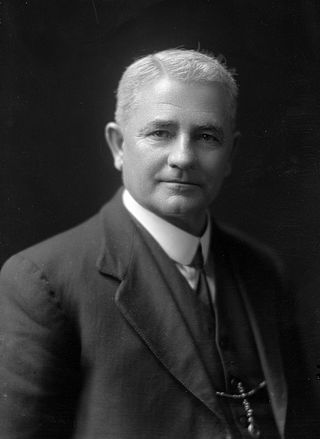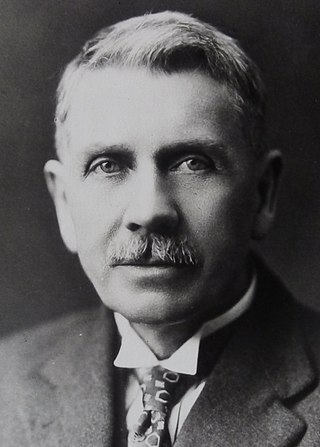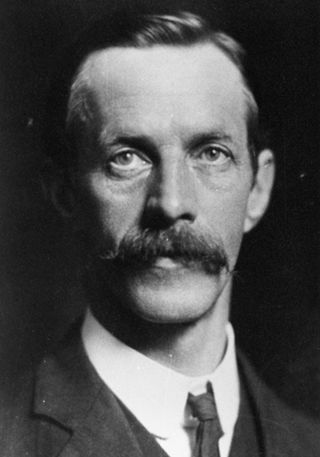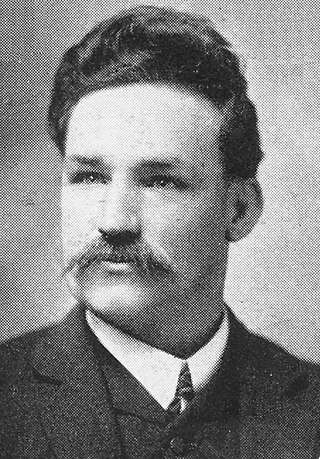The New Zealand Labour Party, or simply Labour, is a centre-left political party in New Zealand. The party's platform programme describes its founding principle as democratic socialism, while observers describe Labour as social-democratic and pragmatic in practice. The party participates in the international Progressive Alliance. It is one of two major political parties in New Zealand, alongside its traditional rival, the National Party.

Michael Joseph Savage was a New Zealand politician who served as the 23rd prime minister of New Zealand, heading the First Labour Government from 1935 until his death in 1940.

The Communist Party of New Zealand (CPNZ) was a communist party in New Zealand which existed from 1921 to 1994. Although spurred to life by events in Soviet Russia in the aftermath of World War I, the party had roots in pre-existing revolutionary socialist and syndicalist organisations, including in particular the independent Wellington Socialist Party, supporters of the Industrial Workers of the World in the Auckland region, and a network of impossiblist study groups of miners on the west coast of the South Island.

Socialism in New Zealand had little traction in early colonial New Zealand but developed as a political movement around the beginning of the 20th century. Much of socialism's early growth was found in the labour movement.
The Social Democratic Party of New Zealand was an early centre-left to left-wing political party. It existed only a short time before being amalgamated into the new Labour Party. During its period of existence, the party held two seats in Parliament.
The United Labour Party (ULP) of New Zealand was an early centre-left to left-wing political party. Founded in 1912, it represented the more moderate wing of the labour movement. In 1916 it joined with other political groups to establish the modern Labour Party.
The New Zealand Socialist Party was founded in 1901, promoting the works of Karl Marx and Friedrich Engels. The group, despite being relatively moderate when compared with many other socialists, met with little tangible success, but it nevertheless had considerable impact on the development of New Zealand socialism. It later merged in 1913 with a faction of the United Labour Party to form the Social Democratic Party.
The Independent Political Labour League (IPLL) was a small New Zealand political party. It was the second organised political party to win a seat in the House of Representatives, and was a forerunner of the modern Labour Party.

Henry Edmund Holland was an Australian-born newspaper owner, politician and unionist who relocated to New Zealand. He was the second leader of the New Zealand Labour Party.

William Andrew Veitch was a New Zealand politician. He began his career in the labour movement, but became a strong opponent of more militant socialism, and rejected the radical views held by many of his colleagues.

Daniel Giles Sullivan was a New Zealand Member of Parliament, Cabinet Minister and Mayor of Christchurch.

David McLaren was a Mayor of Wellington and Member of Parliament in New Zealand.

William Edward Parry was a New Zealand Minister and trade unionist.

Sir George Matthew Fowlds was a New Zealand politician of the Liberal Party.

John Edward McManus, often known as "Big John" due to his large stature, was a New Zealand politician, trade unionist and farmer.

Walter Thomas Mills (1856–1942) was an American socialist activist, educator, lecturer, writer, and newspaper publisher. He is best remembered for the role he played in the Socialist Party of America during the first decade of the 20th Century as one of the leaders of the organization's moderate wing. He also was a key actor in the labor movement of New Zealand as a founder of the United Labour Party in 1912. He returned to the United States in 1914 with the advent of World War I and worked unsuccessfully to keep the country out of the bloody European conflict, eventually leaving the socialist movement in the 1920s.

Frederick Riley Cooke was a New Zealand tailor, socialist and trade unionist.

Elijah John Carey was a New Zealand waiter, trade unionist and soldier.
The New Zealand Labour Party leadership election, 1919 was held on 27 August 1919 to choose the next leader of the New Zealand Labour Party. The election was won by Grey MP Harry Holland.

The Lee affair was an event that transpired in the late 1930s in New Zealand revolving around the unequivocally socialist Labour Party MP John A. Lee, and his repeated public critiquing of his party's leadership. The affair culminated with Lee's expulsion from the Labour Party. Lee then formed his own political party, the further-left Democratic Labour Party, causing a sizeable rift in party membership. The events have been described as the Labour Party's first major crisis of identity, the nature of which and manner of its resolution significantly affecting the subsequent development of the party for decades. Lee's biographer Erik Olssen stated that the Lee Affair "marked a key battle in the triumph of authority over democracy."














